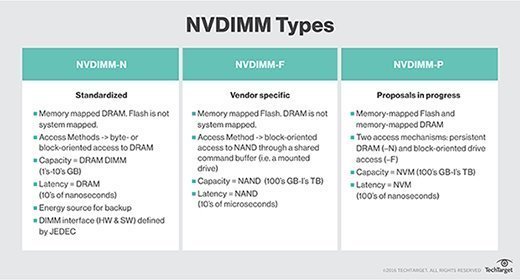
carloscastilla - Fotolia
Compare OpenStack local storage options for now and in the future
SSDs, HDDs and NVMe can all provide local storage for an OpenStack deployment. But what are the benefits and tradeoffs of each, and how will these technologies evolve?
For OpenStack local storage, admins can choose from several different options.
For example, IT teams typically use local drives to boot up compute nodes more quickly, but another option is to deploy ephemeral storage. This class of storage is essentially a scratchpad -- or temporary storage -- for an instance, and is tightly bound to it. If admins remove the instance, the local instance storage goes with it.
A large OpenStack configuration will likely use several local storage systems. For example, for a group of very large instances, admins might choose nonvolatile memory express (NVMe) drives because of their high performance. This does not necessarily require expensive enterprise drives; many economical serial advanced technology attachment (SATA) drives have an alternative NVMe interface that boosts performance considerably.
The main debate for OpenStack local storage is between solid-state drives (SSDs) and hard disk drives (HDDs). A typical, economically priced SSD achieves around 1000 times the input/output operations per second compared to HDDs. This performance difference is especially important for containers because admins need to meet demand for many more instances.
The tradeoff of using SSDs for OpenStack local storage is that they are considerably more expensive. However, a need for fewer servers and lower power consumption helps offset that higher cost. This is especially true if you configure your own systems based on inexpensive commercial off-the-shelf hardware.
Storage options for OpenStack continue to evolve
Other memory options have entered the market, but are still somewhat untried for OpenStack local storage. Nonvolatile dual in-line memory modules (NVDIMMs) are potentially an alternative to drive-form factor SSDs. They are more expensive, but access data two to four times faster than the fastest NVMe drive. NVDIMM as a dynamic random access memory expander or cache is expected to appear in OpenStack, especially for container support.

NVMe drives are also changing shape. Plug-in M.2 cards are available, with as much as a few terabytes of capacity. These take up much less space than a drive, so they could become a common choice for some OpenStack nodes.
Redundant array of independent disks (RAID) for local drives is changing, too. In many cases, software RAID running in the host is adequate, since most SSDs now have protection against data loss due to power failure -- which was a major advantage of RAID controller cards. Running pairs of drives gives RAID 1 mirror protection and also speeds up read operations.







